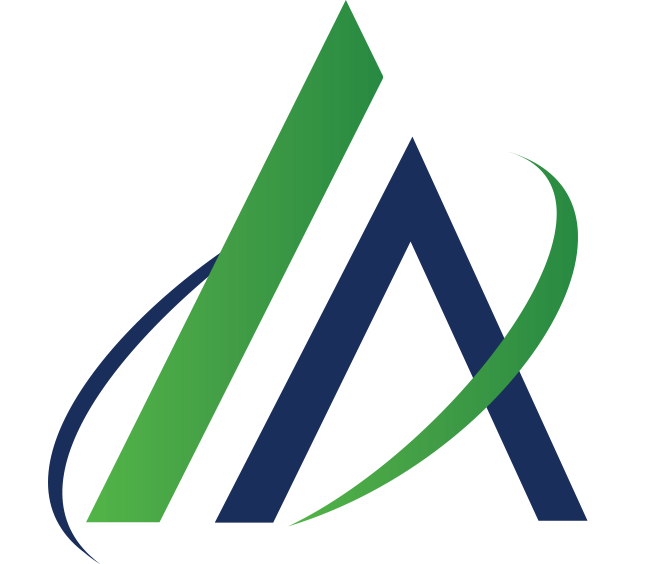Licensure Basics
The American Academy of Orthotists and Prosthetists has crafted a position statement in favor of state licensure. Licensure establishes minimum educational and training standards for O&P clinicians who practice within state boundaries.
In addition to the position statement, the Academy website features a licensure toolkit. The toolkit offers direction and guidance to those hoping to build support for licensure bills in their states. So far, 15 states have adopted O&P licensure, and others have regulations establishing minimum qualification standards for O&P clinicians. * A handful of other states have plans to pursue licensure. The licensure toolkit links to these language for their own proposed legislation. The licensure toolkit also includes a model licensure bill on page 12 of the toolkit, developed by ABC, to offer other options for drafting bill language.
One question frequently arises during licensure discussions is why licensure laws differ greatly from state to state. Teri Kuffel, JD, vice president of Arise Orthotics & Prosthetics, Inc. and a director of the Minnesota Society of Orthotists, Prosthetists, and Pedorthists, explains:
Essentially, all states have the same general goals in mind for O&P licensure and they revolve around three important concerns:
- Preventing harm to patients;
- Establishing minimum standards of education and training required for professional competency of orthotists, prosthetists, and pedorthists; and
- Providing an avenue for the public to seek remedy from any harm.
Current licensure laws or acts are similar in purpose, but content and procedure differs greatly. From a starting point, the licensure acts fall under the purview of various state boards, including medicine, physical therapy, nursing, podiatry, O&P specific boards, or general healthcare. O&P licensure laws are significantly affected by the policies and influences of these boards. Some factors include the number of O&P practitioners in the state and the resources allocated to administer the act.
Also, each state tends to construct its laws according to its own politics. The strength of even one legislator's opinion may alter, delay, or even derail the entire process with what seems like minimal justification. On the other hand, the voice of one or a small group of policymakers may speed the process through committees to completion. And we can't forget administrative process. Each state has its own statutory guidelines for writing laws that may require specific format and the inclusion of unique language. Bill drafts are submitted initially to revisers who may change language and construction before it is heard by committee or comes up for vote before a legislative body. This process in itself can substantially change the O&P model's initial language.
We attempt to preserve the specific language of a model licensure bill in order to maintain consistency across states and, ultimately, national legislative initiatives. All bill should aim to improve competency standards, bestow O&P professional validation, define a scope of practice, reduce fraud and abuse, and provide patients with recourse should they be harmed. Some fringe benefits include giving orthotists, prosthetists, pedorthists, and patients a greater voice in state policy, increasing professional accountability, raising quality of care, and improving the economic standing of practitioners. However, each successful O&P licensure act will focus on one overriding factor: Consumer protection.

